Intro:
In my previous experience in short-selling, many different quantitative and qualitative metrics were used to filter through prospective short-sell candidates. Many of these that I am about to discuss are frequently used in the entire industry, and you will definitely find a list that are even more comprehensive elsewhere on the web. Of course, as the sophisticated investors know, each fund is unique in its approach in determining what metrics are important and weigh it accordingly in their overall model. For instance, some more quant-driven funds prefer to include as many variables within their models as possible and to encompass all possible factors that can affect a company’s earnings (causing the earning to go lower, in the case of short-selling); while more fundamental funds focus on a few core variables and do more in-depth investigations to build up a story of the company and decide then whether or not to short the company’s stock.
Most of the information presented here can be found through one of the financial services websites/tools commonly used in the industry. Personally, I have used Capital IQ for many of the financial metrics. More sophisticated investor may decide to use a combination of different services and/or build their own tools to gather data. In this article, I have used the words “quantitative” and “financial” rather loosely and at times interchangeably; and “qualitative” and “non-financial” as well. I apologize in advance some of the confusions this may cause.
Without further ado, here are some of the most important metrics, 6 each for both quantitative and qualitative factors:
Quantitative/Financial factors:
- Short Interest: This ratio essentially tells us what percentage of the shares outstanding is held for purposes of short-selling a stock. The higher the short interest, of course, the more likely the investor believed that the stock is likely to fall in price.
What it means: For investors, this can be an indicator that the market is overly pessimistic on the stock or that everyone already knows that it is a bad stock. I would recommend that investors not get into stocks with high short interest for a few reasons. First, this suggests that there is likely few profits to be made if everyone already recognized the mispricing. Second, for short-sellers to profit, they must buy back their position, which causes a spike in the price. This can be a rapid increase if too many short-sellers “cover” at once, resulting in a situation that is termed as a “short-squeeze”. Investors many not profit in this case. Finally, as hedge funds and active investors in general want to “beat” the market, it is important to realize that you can’t “beat” them if you invest like what the rest of market is thinking.
- Stock Loan Fee: This is the price that an investor will have to pay to borrow a stock. This is provided in a percentage (the cost of borrowing/share price). Generally the short-seller’s prime brokers (the guys who loans out the stock) will provide the borrowing cost number to the borrower.
What it means: As with short-interest, a higher percentage of borrowing cost suggest that many investors are expecting the stock value to fall. Depending on the demand and supply, borrowing cost can become exorbitantly high, and investors should be aware that this interest can eats away at returns substantially the longer the short position is held out.
- Days Inventory Outstanding: This financial ratio from the balance sheet is simply how long the company takes to collect its inventory. It is calculated by (inventory/COGS)*365. This ratio – also going by the name of “Days Sales of Inventory” – generally gives a good indication of how long the inventory is held by the company before sales occur.
What it means: In general, the longer the inventory is stored, the worse it is for the company. This means that the company is having a ton of inventories but aren’t able to generate sales on those inventories. This can suggest that a firm is incapable of selling goods due to operational issues. As with all ratios, comparisons over time is crucial, if the firm has been increasing its in Days Inventory Outstanding, that is definitely a bad sign. Similarly, horizontal analysis between different firms within the same industry tells us how the firm is doing in comparison to its peers.
- Days AR Outstanding: like its cousin “Days Inventory Outstanding”, this ratio also measures a company’s collection period. In this case, it measures how long it takes for companies collect on their accounts receivables, and turn them into cash.
What it means: This ratio is frequently used in forensic accounting due to the fact that many accounting frauds involve 1) overselling to their buyers even when there are no demands, and thereby increasing their revenues or 2) companies book fictitious AR sales when in fact no such transactions happen. Higher Days AR outstanding is certainly not good, and a pattern of increase days AR outstanding is certainly worrisome.
- Comparison between cash flow from operation increases and net income increases: There probably is an actual name for this type of comparison, but the name is escaping my mind right now. Company’s net income and cash flow from operations should move in the same direction, and with some exceptions, be of the same magnitude.
What it means: comparisons between cash flow and net income is important because this tells us whether or not the company is truly turning those “net incomes” – which is an accounting construct – into something more tangible – cash. The general idea is that while earnings (net income) can be easily manipulated, cash flow is much harder to be tinkered with.
- EV/EBITDA: This is perhaps the most commonly used and the most important among all the ratios discussed. It is calculated by EV: (market common stock value +debt + preferred equity + minority interests – cash/cash equivalents) divided by EBITDA (Earnings Before Interest, Tax, Depreciation, and Amortization). This is the theoretical value that an outsider buyer would have to pay to by this company from the market.
What it means: Value investors use this frequently to find the whether or not a company is undervalued, and this offers a much more comprehensive look than the more commonly used P/E ratio, since it takes into consideration debt. It is often thought of as giving a “truer” value of the company.
Experienced investors will notice from the above list that several of the mostly important metrics that the long-side use to discover “value” stocks are not used; namely: P/E ratio, P/S, Debt/Equity, Interest Coverage ratios, etc. These ratios are absolutely necessary to look at as well, but for the purpose of this article, I am emphasizing only the important ones for short-selling. Value investing and short-selling are in fact two-sides of the same coin; whereas value investors want to find undervalued companies, short-selling want to find overvalued ones.
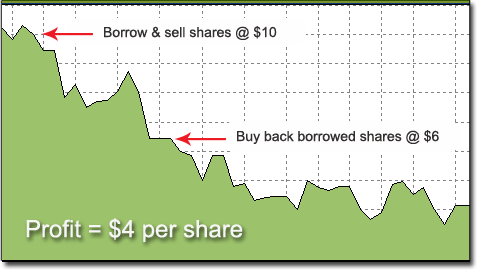
Qualitative/Non-Financial Factors:
This section is much more open to debate and I included only the 6 that I have come across the most often to give a sense of the wide variety of non-financial factors that can affect stock performance. Many of these can be tracked, and especially with advancements in natural language processing, these qualitative factors can in fact be quantified and placed into a model.
- Location of firm’s headquarters, region of operation, etc.: Always beware of where the company is based at, as some locations are inherently more questionable than others. An investor should also beware of constant changes in a company’s location as well.
What it means: Location, location, location. This matters in more than just a real estate sense of the word. Where a company is headquartered matters and having its operation based in a region with more governmental oversights versus less oversights is vital in evaluating the firms’ long-term survivability when the regulations do tighten.
- Number of years of experiences of management team: Looking at the average number of years of experience for the managers of a company can give a good idea of how the firm will be able to weather the next financial storm.
What it means: A younger average age for a management team is not necessarily a bad thing, as the young can always bring fresh ideas to the top. It is however, always questionable when someone with no real prior experience in managing companies suddenly becomes a more senior member of the team. Experience at the top is generally a desired quality.
- Number of documented SEC filing changes: This is a very well know one, and academic studies have been done on this subject. Firms must file to the SEC certain material changes to their operations, namely that of 8-K (current report), and other mandatory press releases. More frequent filing generally does not bode well for the company.
What it means: It has been found that firms that file more SEC filings have a tendency to engage in fraudulent activities, since they may be constantly trying rebrand themselves to investors. Firms, as a rule, should expand orderly and methodically, and any changes to its operations should be done infrequently and with plenty of preparations. Frequent SEC filings suggest otherwise.
- Number of CEO/Top Management changes: Technically this counts as part of SEC filings. But I would like to break this out because management is such a critical component of a company. As with SEC filings, the more frequent the management changes, the less credible the company becomes.
What it means: As the people in charge of setting a strategic direction for the company, we want to see consistency in the direction-setting for the company. Frequently changes at the top affects the morale down to the employee, and suggests that the company do not really have a good sense of where is heading toward.
- Executive pays in relation to firm’s performance: While it is difficult to fix a ratio to executive pay to firm’s net income, a much more realistic ratio lies with percent of executive pay increases versus earnings increases. Executive pays tie into stock performance (This is all part of the “shareholder model” of corporations where there is a perceived “principal-agent’s problem” and be partly solved by incentivizing management with stocks), and the pay can be lopsided in favor of management even when they are not really delivering value to shareholders.
What it means: When management team have been paying themselves a handsome salary while the firm is still deep in the red or have a lackluster performance, that should most certainly be a red flag.
- Insider transactions: SEC also requires this to be disclosed, as it shows how much stocks the company’s executives are buying or selling.
What it means: While insider buying almost always is a good sign for the company, as it shows the insider’s confidence in the company’s ability to generate revenues and profits in the future, insider selling can be a bit mixed. However, if all insiders are unloading their stocks simultaneously over roughly the same time period, this is certainly not a good sign.
Here again, I must emphasize that the non-financial factors are highly controversial and every firm approaches it differently, and these lists are far from exhaustive.

Conclusion: As we can see above, a number of ratios and metrics have been used by professional investors in identifying short-sell candidates. When using these metrics, always make sure to compare it with the same company over time (i.e. vertically), and with similar firms within the same industry (i.e. horizontally). Valuation does not mean much if you cannot compare it to another firm or the same firm over time.
In practice, I believe that all of the metrics can be quantified in one way or another, perhaps some can be quantified with a greater precision than others. Short-selling is certainly filled with risks and dangers, but with the right tools and the correct analysis, I do believe that “Alpha” can be generated on the short-side. Good luck investing.
Disclosure: This article represents opinions that are entirely my own, and should not be taken to be the opinion of any individual/company that I have worked for, past or present. I am not and do not purport to be a registered investment advisor. This is not an offer to buy, sell or market any securities. Short-selling is risky and you may lose all of your initial invested capital. Short-selling is recommended for experienced investors only.


 The current consensus is, in a way, a reaction against the free-market advocates, which have become especially popular in the US since the 1980s. In fact, it has been argued by economists that discrimination has increased from the ‘80s onward, in large part due to the popularity of this line of argument. We can examine this opposite side of the argument by looking at the positions taken by two of the greatest economists of the latter twentieth century: Milton Friedman and Robert Lucas. Friedman had argued that the free market will resolve the problem of discrimination itself because discrimination is inefficient in the long-run (“Capitalism and Freedom”, 1962). In one of his most often quoted passages, he stated “It is a striking historical fact that the development of capitalism has been accompanied by a major reduction in the extent to which particular religious, racial, or social groups have operated under special handicaps in respect of their economic activities; have, as the saying goes, been discriminated against.” Friedman believed that the employer’s self-interest will cause them to overlook the other categorical attributes of an individual in favor of whoever can work the cheapest for the most amount of productivity.
The current consensus is, in a way, a reaction against the free-market advocates, which have become especially popular in the US since the 1980s. In fact, it has been argued by economists that discrimination has increased from the ‘80s onward, in large part due to the popularity of this line of argument. We can examine this opposite side of the argument by looking at the positions taken by two of the greatest economists of the latter twentieth century: Milton Friedman and Robert Lucas. Friedman had argued that the free market will resolve the problem of discrimination itself because discrimination is inefficient in the long-run (“Capitalism and Freedom”, 1962). In one of his most often quoted passages, he stated “It is a striking historical fact that the development of capitalism has been accompanied by a major reduction in the extent to which particular religious, racial, or social groups have operated under special handicaps in respect of their economic activities; have, as the saying goes, been discriminated against.” Friedman believed that the employer’s self-interest will cause them to overlook the other categorical attributes of an individual in favor of whoever can work the cheapest for the most amount of productivity.

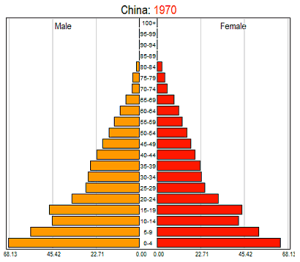
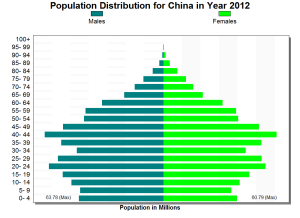
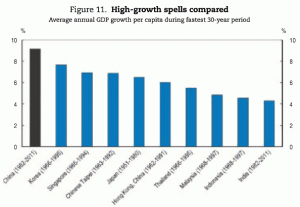
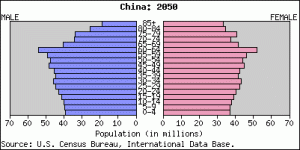


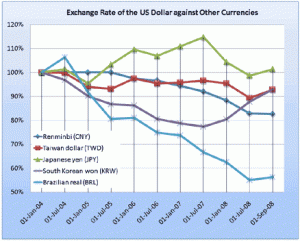




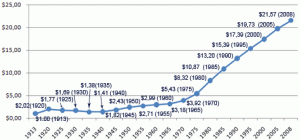
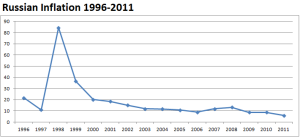

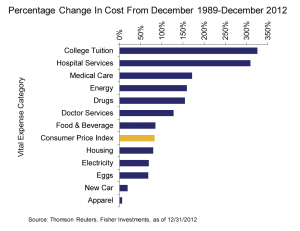
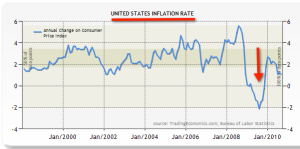


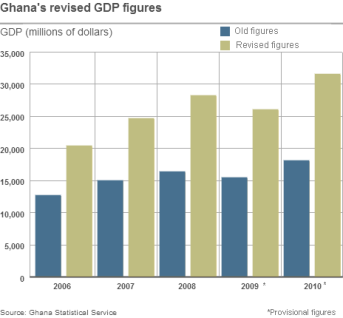
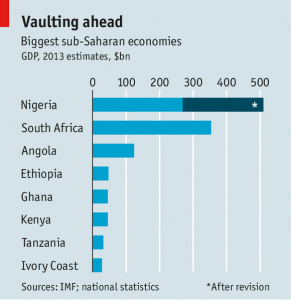

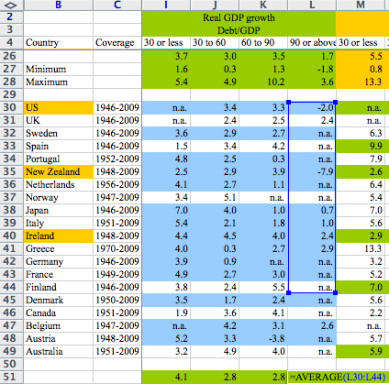
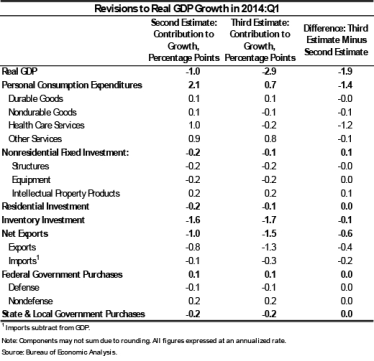
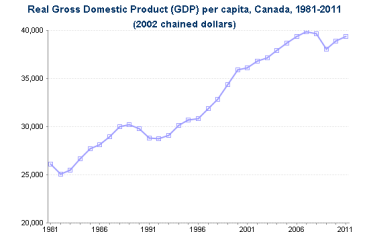


 heavily shorted stocks (as measured by short interests) in the US are in the restaurant sector. Restaurants in general are low-margin, with high fixed costs, with tremendous competition, and susceptible to variances in consumer sentiments. All of these makes them good companies to avoid investing in at any given time. But in 2015, there are macroeconomic factors at play here as well. Even though the US economy have outperformed its peers in the developed economies, consumer disposable incomes have not risen appreciably over the past year or so. Americans simply aren’t spending as much on restaurants as before, and the growing competition for healthy food options left many traditional restaurant chains and fast-food restaurants little options but to change what they are offering to clients. These changes will take a long time to implement, and will be extremely costly, even if they are successful at all. (McDonald’s recent advertising campaign is a good example of a restaurant trying to reshape their brand image).
heavily shorted stocks (as measured by short interests) in the US are in the restaurant sector. Restaurants in general are low-margin, with high fixed costs, with tremendous competition, and susceptible to variances in consumer sentiments. All of these makes them good companies to avoid investing in at any given time. But in 2015, there are macroeconomic factors at play here as well. Even though the US economy have outperformed its peers in the developed economies, consumer disposable incomes have not risen appreciably over the past year or so. Americans simply aren’t spending as much on restaurants as before, and the growing competition for healthy food options left many traditional restaurant chains and fast-food restaurants little options but to change what they are offering to clients. These changes will take a long time to implement, and will be extremely costly, even if they are successful at all. (McDonald’s recent advertising campaign is a good example of a restaurant trying to reshape their brand image).

 This sort of change requires a fundamental shift in the way a society views how their economy should be organized. If we look back at the history of Japan, we see that Japanese society reorganized itself from a feudal agricultural nation into an industrial one in the late 19th century; and post-World War Two, when Japan orientated itself to become an exporting nation, with an emphasis on electronics. These sort of changes did not happen overnight and had to overcome challenges within society, the landowners and domestic industrialists respectively. Also in each case, the government, in the form of a centralized bureaucracy and the Ministry of Economy, Trade, and Industry (METI), helped to propel the nation into greater economic advancements.
This sort of change requires a fundamental shift in the way a society views how their economy should be organized. If we look back at the history of Japan, we see that Japanese society reorganized itself from a feudal agricultural nation into an industrial one in the late 19th century; and post-World War Two, when Japan orientated itself to become an exporting nation, with an emphasis on electronics. These sort of changes did not happen overnight and had to overcome challenges within society, the landowners and domestic industrialists respectively. Also in each case, the government, in the form of a centralized bureaucracy and the Ministry of Economy, Trade, and Industry (METI), helped to propel the nation into greater economic advancements.